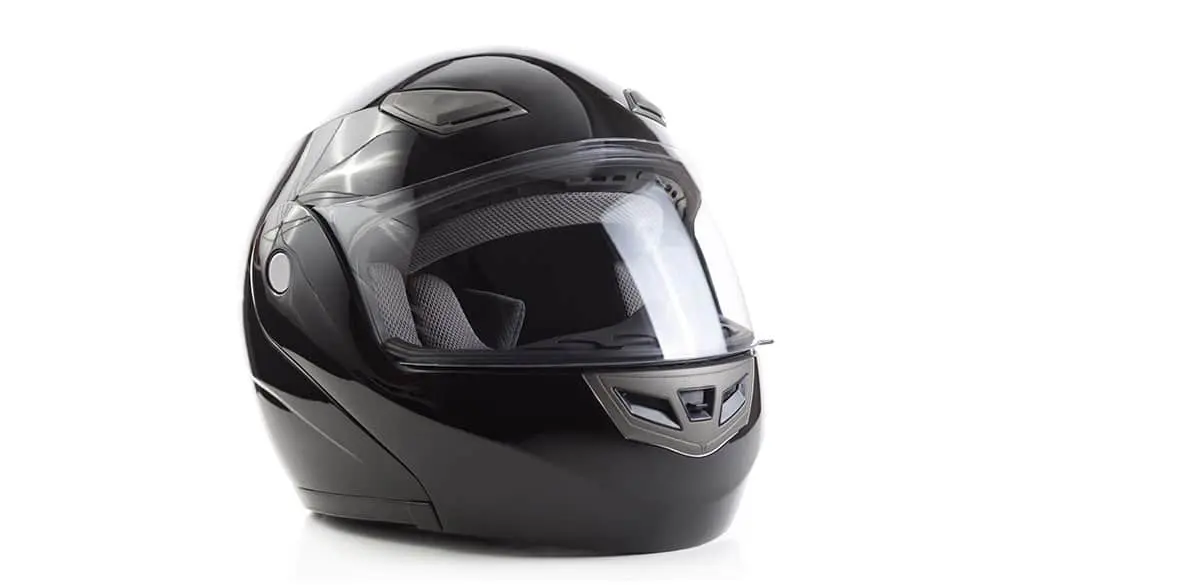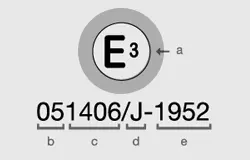Choose the most suitable helmet
Use your head when riding

The helmets currently available on the market can be grouped into four categories, according to their use and the level of protection they provide:

- FULL FACE HELMET: This is the most widely-used helmet and the one that gives the greatest level of protection. It completely covers the head and face. It has an openable visor and front and rear vents to maintain a comfortable temperature inside the helmet. The quick close or “double-D” buckle system is safest one in that it is practically impossible for it to come off in an accident.
- MODULAR HELMET: Also known as a convertible or “flip-up” helmet. It is physically similar than the full face helmet but has the special feature of being able to flip open the whole of the front part. This can be very convenient when you need to talk and can do so without having to take the helmet off completely. When riding it should always remain closed.
- OPEN FACE HELMET: This helmet covers the head but does not have a chin bar and, in some versions, does not have a visor either (which means that the chin, and in some cases the entire face, is left exposed). It is only for use in built-up areas for riders of scooters and mopeds (and in some cases customized motorbikes, for aesthetic reasons). There are three varieties:
- JET: In terms of open-face helmets, this is the safest one in that it covers the nape of the neck and ears.
- SEMI-JET: Slightly smaller than the JET variety. It leaves the upper nape of the neck and the jawbone exposed.
- Helmets known as FINE DODGERS: These helmets do not protect the nape of the neck, the ears or the face. In many cases they don’t have a visor. Consequently, they offer no protection.
- MOTOCROSS HELMET: These are open helmets with an elongated chin bar for use off-road and in extreme conditions.
Once you have chosen the type of helmet that best suits your needs and offers you the most appropriate level of safety, you need to check that:
- It is officially approved: The regulatory standard is UNECE (ECE/ONU in Spanish) R22, the only one valid in Europe, and the approval label contains all the necessary information regarding certification.

a) The “E” indicates Europe and the number corresponds to the country where approval has been granted. Spain is number 9.
b) It is the inspection currently valid for compliance with the European regulation. In Spain numbers 4 and 5 are acceptable although the latter is more comprehensive in that it includes a jaw impact test.
c) The number by which the helmet has been approved.
d) Letter that identifies the safety level of the helmet according to the model. Thus you can find P or Protective (the highest) for full-face and some modular helmets, N/P or Not Protective for those that do not protect the chin area, including some modular ones, and J or Jet for open-face models.
e) The serial number through which the helmet’s history can be traced from the moment of its manufacture. - Size: The helmet should fit your head properly. To find out your size, you should measure the circumference of your head just above the ears. Sizes are labeled in a similar way to clothing and run from XS to 2XL with a number at the side (for example 5657) that corresponds to the centimeters you measured. There are slight variations according to the manufacturer.
Always remember to wear the helmet fully fastened when riding. If you put it on without fastening it properly, you are only doing half the job. And if you have a visor you should close it to avoid anything hitting your face or eyes such as insects or anything else that could be thrown up from the road.
Fundación MAPFRE would like to remind you that it is vitally important for your safety to wear a helmet whether as a driver or passenger. Do so and help us achieve GOAL ZERO.
